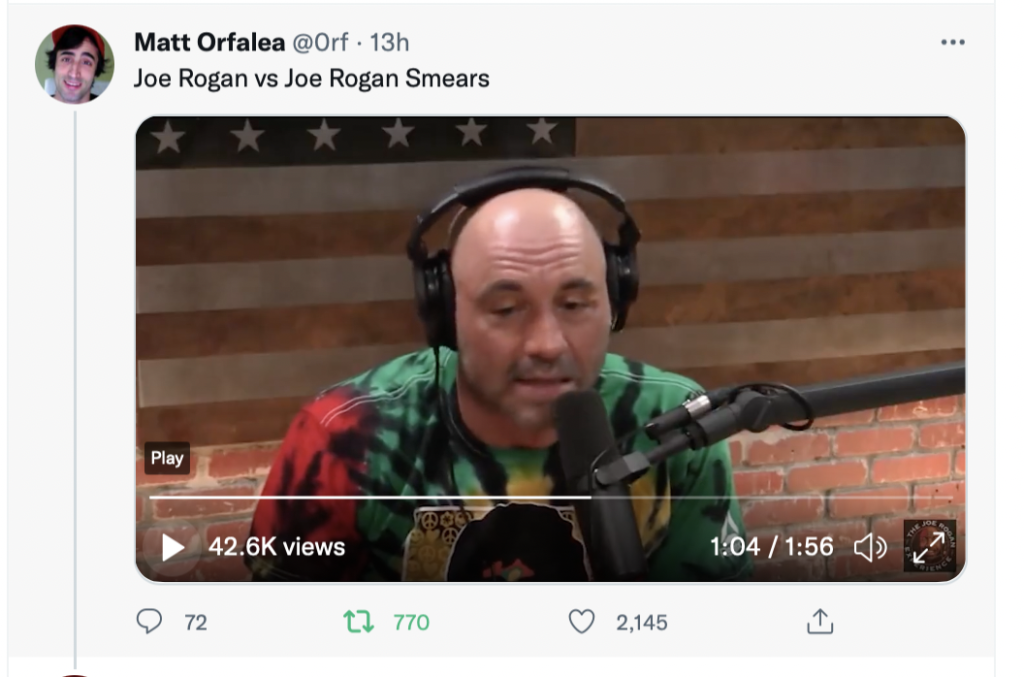Chapter 3: The Most Important Fork in the Road: Approach versus Avoidance
Is the world something to be feared or something to be enjoyed? That is the most important decision you will need to make, day after day. Does the world seem like a scary haunted house or like a big playroom? The stance you take, avoidance versus approach, will have a profound effect, not only on what you accomplish, but on who you turn out to be.
I'll admit that Planet Earth is filled with many dangers, including spiders and snakes, but also automobiles and addictions to dangerous drugs. There are innumerable ways to ruin or lose a life and we are wired to see many of these dangers much more saliently than we see the safe and happy things. Daniel Kahneman teased out this deep instinct with his Prospect Theory. We see risks twice as big as we see benefits.
We have been wired to assume the worst. A snapped twig in the darkness of the forest might be a puppy, but the body’s operating assumption is to run because the joy of finding a puppy whereas the danger of a grizzly bear can kill you. We are wired to run at all of Life’s snapped twigs and metaphorical snapped twigs. Those twigs are everywhere, leading many people to curl up in a fetal position, afraid to leave their houses.
Psychologist Jonathan Haidt characterizes this choice of Approach versus Avoidance as “the fundamental question of life.” This attitude affects almost everything we do, including how we approach education.
As soon as life began moving, as soon as you get little tails on bacteria, you have to have some mechanism for deciding this way or that? Approach or avoid? And all of the rest of the billion years of brain evolution is just commentary on that question.And so the human brain has these gigantic tracts of neurons on the front left cortex, specialized for approach. And then a frontal cortex specialized for avoid. And so all sorts of things go with this. So when we’re in explorer mode, some features of it are, we’re more, we’re curious. We take risks. You might feel like a kid in a candy shop with all these different things to explore. You think for yourself. And the model of a student in this mindset would be whoever grows the most by graduation, or whoever learns the most by graduation wins. If that’s your attitude, boy, are you going to profit from being in college for four years.
Conversely, if you spent most of your college years with your front, right cortex activated, because you’re told everyone’s against you, everyone hates you, you’ll never get ahead. It’s always been this way. Then it always will be this way. If that’s what you believe, you’re in defend mode, threat mode, and then you don’t trust people. Your goal is not to be curious. It’s to be safe. You’re afraid of things. And you think about books in terms of certain speakers in terms of danger versus safety. You see threats everywhere and you will cling to your team. And your motto is: If we defeat them, then we win. And that’s the incoherence that has been with us since 2015. We had an influx of students who were playing a very different game where everything was danger and conflict. And no, that’s not what a university [is]. You’ve misunderstood what we’re about and why you’re here. And so it’s been a tragic waste.
So what is your decision this moment and every other moment yet to come? Are you going to be an explorer, seeking out new worlds with uncertainty and risk? Or are you going to obsessively try to be “safe,” meaning that you will hide away and tremble as life passes you by?
Explorers often fail, they know it and they still explore. They know that failure usually doesn’t hurt you or kill you. They know that failure is a teaching tool and a way to build strong character. Long before Carol Dweck wrote about “growth mindsets,” the famous explorers felt it in their bones. They knew that human animals are antifragile, even though they didn’t know that word: they knew that they would thrive in the world because it is filled with stressors, shocks, volatility, noise, mistakes, faults, attacks, or failures. They understood Nietzsche’s point that “what doesn’t destroy you often makes you stronger.” They fe;t the wisdom of the Stoics in their bones: “The Obstacle is the way.” They would agree with Woody Allen’s observation that showing up is 80 percent of life.
There is one thing that does makes Explorers tremble: The thought that after they die, someone would carve this epitaph on their tombstone: “Here lies _____ ______ , who was afraid to leave the house.”
But what if you are afraid? What if you worry that you will get laughed at or humiliated, or criticized or called a name, much less that you might get hurt or even die? Heroes feel all of these things. There is nothing incompatible about being afraid and simultaneously being a hero. Heroes and explorers make themselves move forward even when they are scared. One of my favorite illustrations of this was noted by Nietzsche:
Sometimes during a battle he could not help trembling. Then he talked to his body as one talks to a servant. He said to it: “You tremble, carcass; but if you knew where I am taking you right now, you would tremble a lot more.”
Nietzsche cited (in
The Gay Science, Intro Book V) this quote as an illustration of his own conception of fearlessness (attributed to Henri de la Tour d’Auvergne, Vicomte de Turenne (1611-75) a great French general).
So go hither and explore the world! Try new things. Plan to get knocked down, criticized and ridiculed. And then get up again and again. Channel Cool Hand Luke. Never ever give up.


